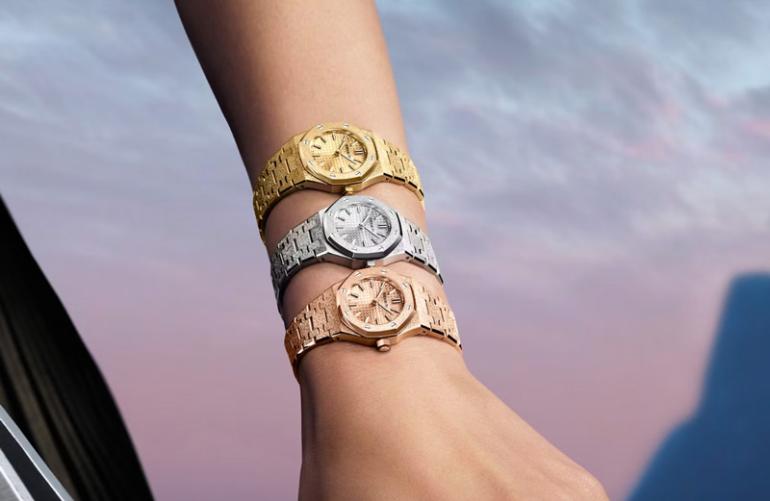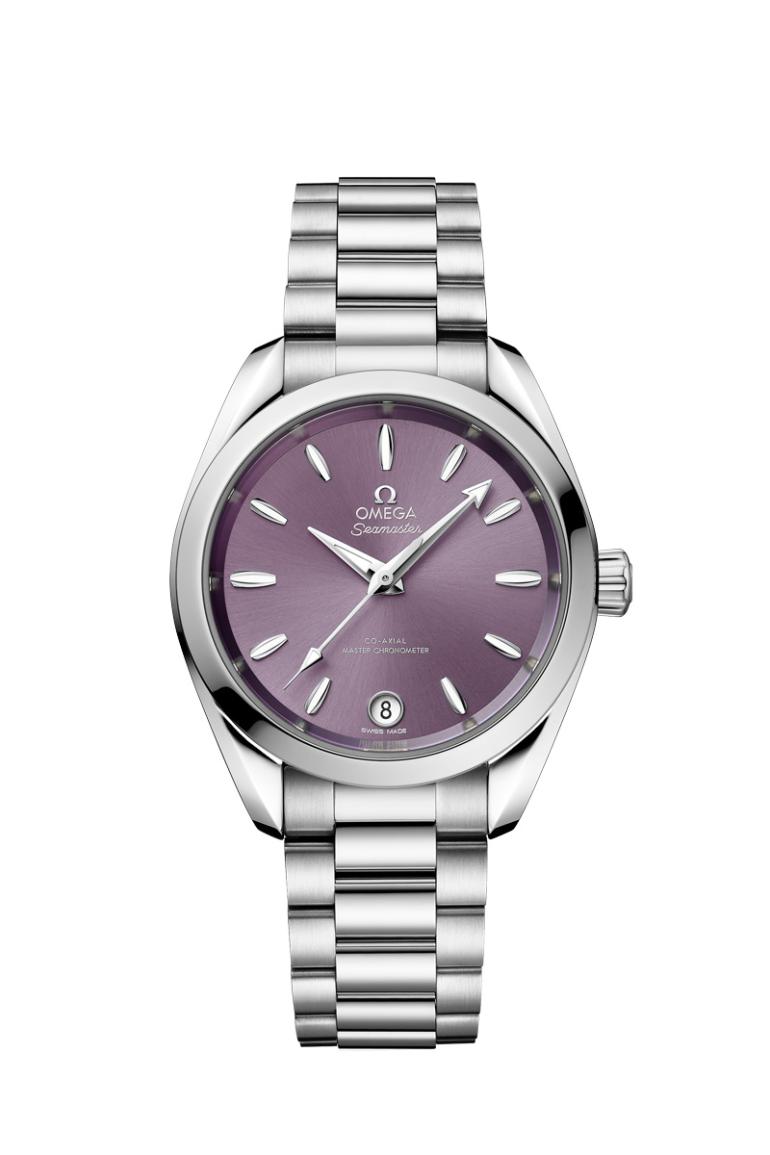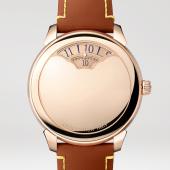Why Are Watches Suddenly Getting Smaller?
At the end of May, the Swiss watchmaker Audemars Piguet introduced its enormously popular Royal Oak model in the brand’s signature “Frosted Gold” finish. What made the launch extraordinary, however, had nothing to do with the material, available in a choice of 18k yellow, white or pink gold, and everything to do with size: The quartz-powered watch came in a case measuring just 23 mm in diameter (see "Minis" above). For a point of reference, that’s smaller than a quarter.
Anyone familiar with watch history will note the irony. Back in 1972, Audemars Piguet super-charged the watch industry’s size preferences when it introduced the seminal Royal Oak in a 39 mm steel casing that earned the model the nickname “Jumbo” because it was so much bigger than the 35 mm-and-under pieces that defined the era. In 1993, the brand did it again, this time with the Royal Oak Offshore, a 1993 model designed by Emmanuel Gueit to appeal to young buyers. Nicknamed “The Beast,” the 42 mm wide and 15 mm thick stainless steel wristwatch weighed nearly two-thirds of a pound, dwarfing the 1972 original.

The brand’s new Royal Oak “Minis”, however, represent more than a departure from tradition. They also reflect a growing preference among watch lovers—of all genders—for smaller wristwatches, marking a dramatic about-face from the hulking, oversized models that have reigned supreme since the turn of the millennium.
What’s with the sudden shrinkage?
Watch experts point to a shift that began during the pandemic. “It kicked off during Covid,” says John Reardon, founder of Collectability.com, a website for buying and selling vintage Patek Philippe timepieces. “People weren’t thinking about what watch they were going to wear to go out. It was which watch feels good? Just like hemlines, the trends change. So rather than wear a 42 mm hockey puck on your wrist, the pendulum has swung.
“We’re never going back into the high 40s again in my opinion,” he adds. “There’s a certain practicality and comfort level in wearing a watch that’s sized sensibly for the wrist. It’s not just diameter, it’s also thickness. It’s a size matters situation and there’s a practical fit. The days of a tank on the wrist are behind us.”
In addition to their ergonomic qualities, smaller wristwatches are also gaining traction among men and women for reasons that reflect a curious truth about the watch market c. 2024: It’s a far cry from the heady days of the pandemic, when investment-minded buyers sought out iconic steel sport models, mostly in the 40 mm+ range, driving secondary prices on such pieces into the stratosphere.
Since the market peaked in the spring of 2022, many of the speculators who helped fan the flames of the steel sport watch category’s ascent have left the building, freeing genuine watch lovers of the pressure to buy for investment reasons and instead allowing them to pursue models that help them express their individuality.
Eugene Tutunikov, chief executive of the online pre-owned dealer SwissWatchExpo, says the desire to be unique has inspired buyers to seek out vintage watches, which tend to be smaller.
“Say they’re members of a private club or they vacation in the same bars and they still want to dress in what is more typical for a man, whether it’s a sports jacket or a suit, but they want a little surprise when people get a peek of what’s under their cuff,” he says. “They want it to be something that people have not seen before. And the last thing they want is to walk in a room and others are wearing similar watches as them.”
“We’re seeing men go as low as 30,” Tutunikov says. “We’ve had NFL players coming in, looking at 36 millimeter pieces, which is very surprising.”

For Brynn Wallner, the founder of Dimepiece, an online editorial platform that highlights the intersection between women, watches and pop culture, the shift to smaller styles has been something of a vindication. In 2021, she wrote a piece for Harper’s Bazaar called “In Defense of Small Watches.”
“Obviously, there were other people who felt the same way,” she says. “Then quickly we saw people, like Tyler the Creator, wearing small watches on social media. And all of a sudden, GQ and all these media outlets were saying, ‘This is a thing!’ And that sparked something in people, many of whom are using social media as a platform to say, ‘I’m into this, too.’”
Without the chorus of voices made possible by social media, Wallner doubts the downsizing would have been as swift. “The rise of social media has really accelerated trends,” she says. “One photo of Tyler the Creator can be reshared by hundreds of accounts and all of a sudden he’s a tastemaker without that even being his intention. I regard the watch industry as a slower paced industry when it comes to trends, and that’s one of its strengths—brands have been around for centuries and they don’t succumb to trends. That’s why the watch world has such longevity and relevancy. But it’s also good that brands are starting to pay attention to what people want.”
Top photo: Royal Oak "Mini" models



